Thatched Homes Around the World.
|
|
| |
|
|
|
|
|
| |
|
There are many materials you can thatch a home with, each with
different life spans e.g. rush 3-5 years, bracken 5-10 years,
heather 20-30 years and reed 30-50 years. However thatch can have an extremely long lifespan on a building. A thatcher will leave the base coat of thatch on the house adding
new fresh straw or reed. This practice goes back centuries, so
much so that in Britain there are approximately 250 examples of
original base coats that survive from the late medieval period
(1350-1600).
|
|
|
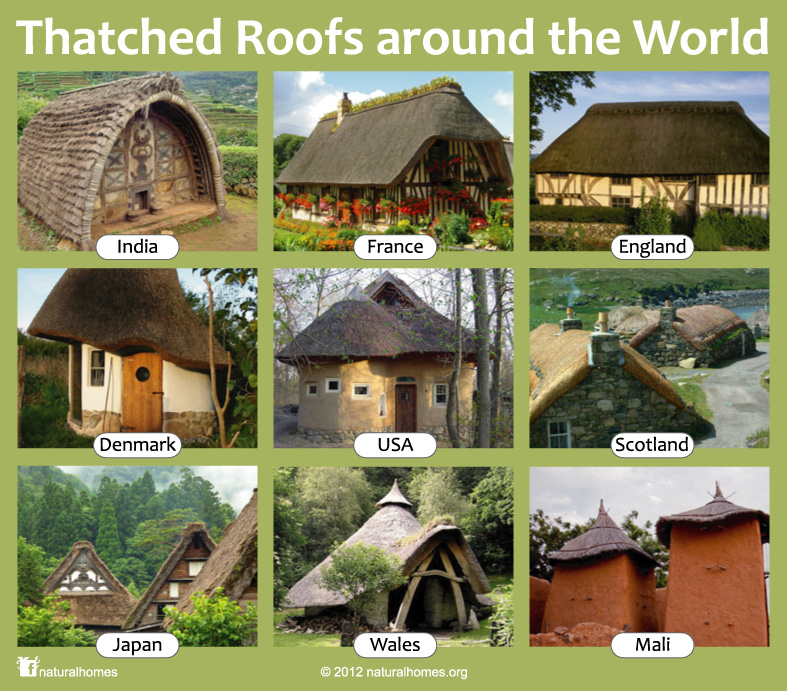 |
|
|
|
|
|
|
|
|
 |
India |
|
|
 |
France |
|
|

 |
England |
|
|
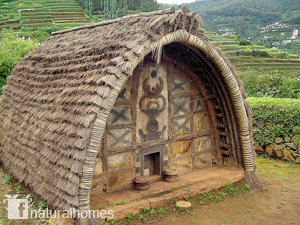 |
|
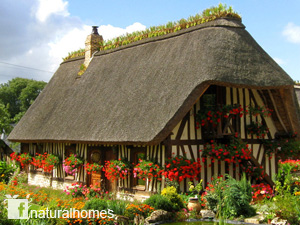 |
|
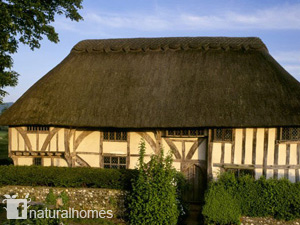 |
|
| |
|
|
|
|
|
This is an Arsh in the hills of Taml Nadu,
India. It is made from long bunches of bamboo lashed together with cane.
The arches support strong poles running the length of
the building. Bamboo is lashed
over the poles forming a ribcage. Sticks are tied
horizontally forming laths to which rows of thatch are lashed. |
|
This is a Chaumiere (cottage) near Rouen in
France. Traditionally the thatched roof is topped with a bed of
clay where iris are planted. The roots, or rather rhizomes, of the
iris helps to mesh together the reed ends in the thatch and remove
excess moisture from the ridge. |
|
This is
Alfriston Clergy House in East Sussex,
England. Running along the end of the garden of this 14th century house is the Cuckmere River where water reeds grow. It's
not surprising then that the house was thatched over the centuries
with water reed which still forms the base coat of the thatch. |
|
| |
|
|
|
|
|
 |
Denmark |
|
|
 |
USA |
|
|
|
|
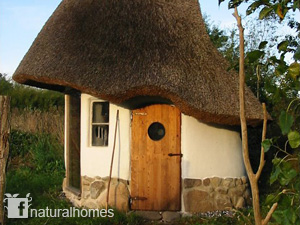 |
|
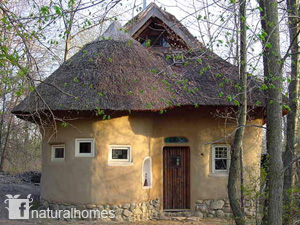 |
|
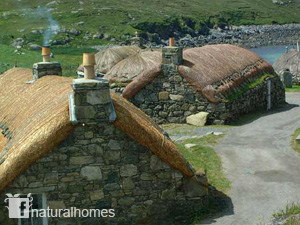 |
|
| |
|
|
|
|
|
This is the work of
Bjarne Wickstrom
in Gislev, Denmark. Bjarne is a natural builder who specialises in
Rørvæv (an interwoven reed lath), clay plastering, cob and
straw bale building, thatching and masonry stoves. Just about all
those skills have gone into making this beautiful little house for his son Mikkel. |
|
This beautiful
Straw Bale Studio is in
Oxford, MI, USA. It's a place to learn about natural building
skills and sustainable living. The straw bale home has a thatched
roof, earthen plasters with natural paints and uses solar
electricity. The home was built by Deanne Bednar. Here's the
Straw Bale Studio facebook |
|
These are the thatched blackhouses of
Gearrannan
on the Isle of Lewis, Scotland. Originally built to share with
farm animals, they were called black because they were smoke
filled preserving the thatch. New homes built in the 1800's
separated people from their animals and were called 'white
houses'. |
|
| |
|
|
|
|
|
 |
Japan |
|
|

 |
Wales |
|
|
 |
Mali |
|
|
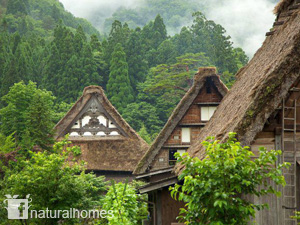 |
|
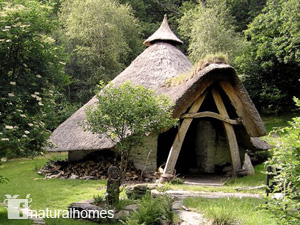 |
|
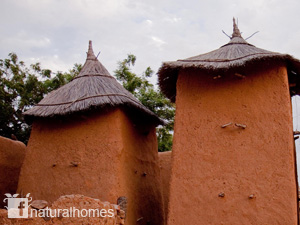 |
|
| |
|
|
|
|
|
These are ‘gassho-zukuri’ [prayer-hands]
characterized by a steep thatched roof allowing the houses to shed
heavy snowfall in winter. The smoke from open fires in these homes
preserves the beams and ropes of the structure which has no nails.
A roof of this type lasts some 40-50 years, after which the entire
community work together to
re-thatch the house. |
|
This beautiful thatched roundhouse is
the storytelling room at
Cae Mabon
in Wales. It's just one of many beautiful natural buildings there. If you take a
close look at the ridge of the entrance to the roundhouse you will
see it has plants growing there to reduce any
moisture in the ridge. |
|
These are
Dogon granaries in Mali which are either male or female. A
male granary is used to store grain while
the female granary stores other food and valuables. Each one is
built from clay supported on rocks. The
structures are raised off the ground to keep termites and rats
out. The roof is solid clay with a cap of straw thatch
to keep the rain from washing away the clay during the rainy
season. |
|